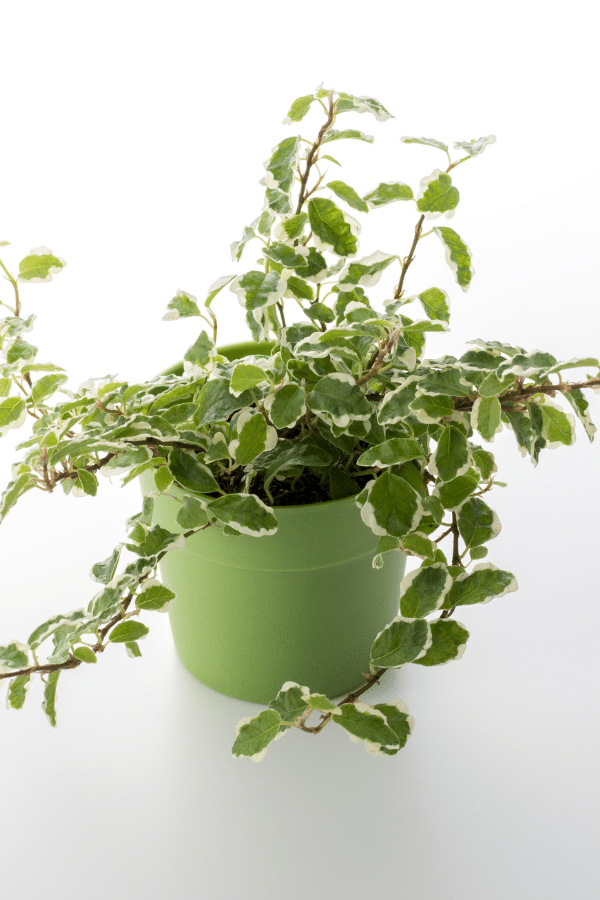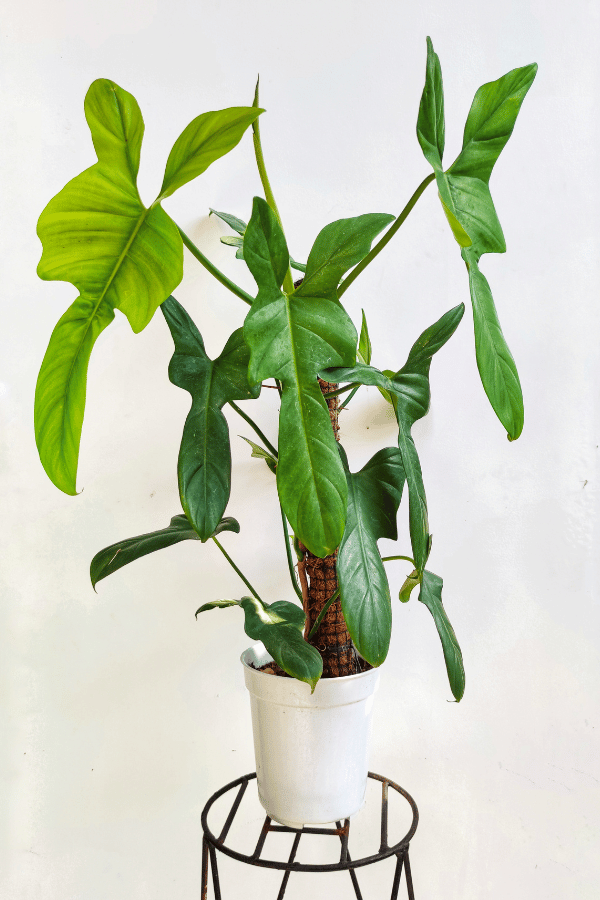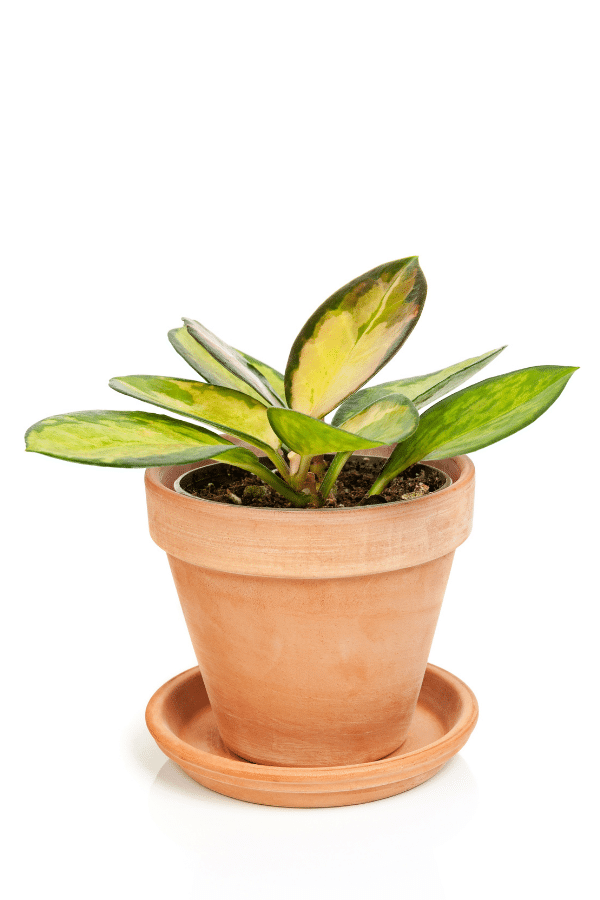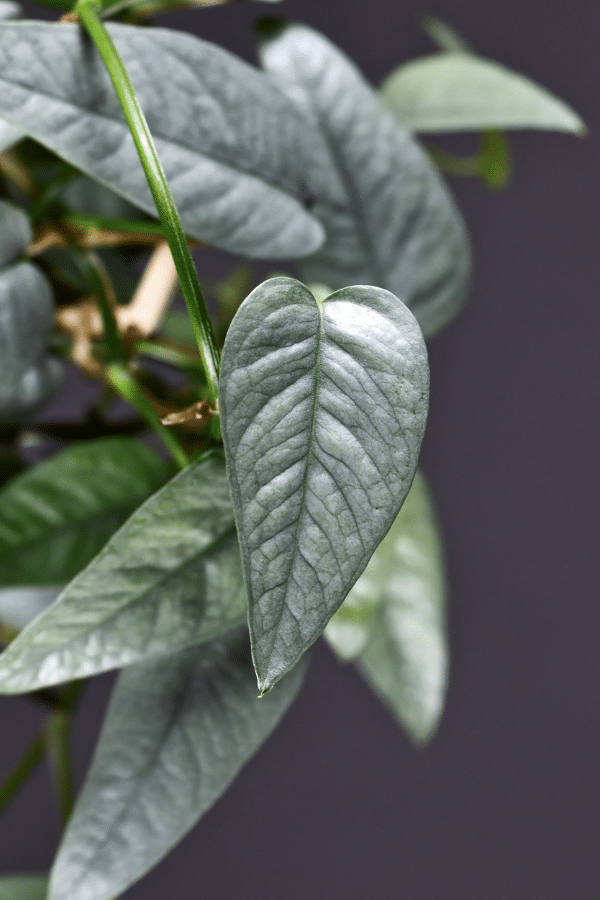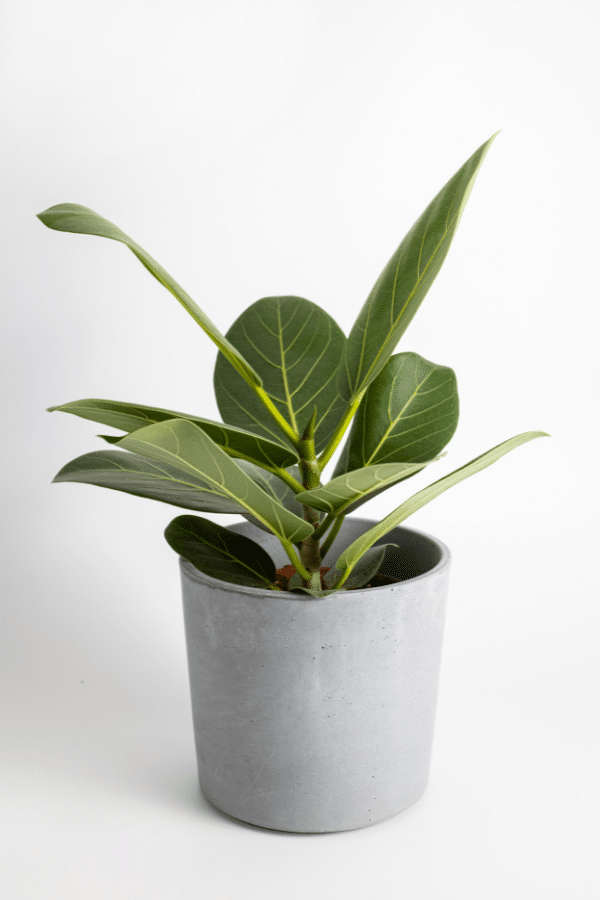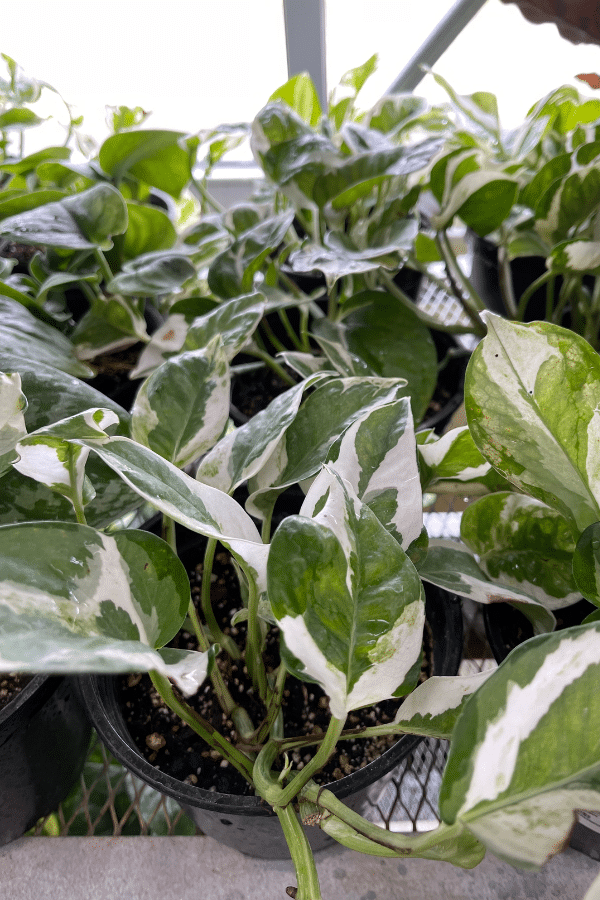Philodendron Rugosum
Scientific Name: Philodendron Rugosum
Common Name: Philodendron Rugosum, Sow’s Ear Plant, Pigskin Philo
Philodendron Rugosum care is easy as it’s not a finicky plant. If you want a rare houseplant with green foliage, a Philodendron Rugosum plant may be for you.
To give this Philodendron plant the best care, it requires well-draining soil that is rich in nutrients, keep the soil moist by watering often, provide it with bright indirect sunlight, temperatures ranging from 65-80F, and high humidity levels.
Quick Care Overview
| Common Name | Philodendron Rugosum, Pigskin Philodendron, Sow’s Ear Plant |
| Scientific Name | Philodendron Rugosum |
| Family | Araceae |
| Origin | Ecuador |
| Growth Rate | Slow, Medium |
| Identification | Leathery leaves that look like pigs ears |
| Height | Up to 6-10 feet tall |
| Soil | Well-draining soil |
| Water | Keep soil moist |
| Temperature | 65-80F |
| Sunlight | Bright indirect sunlight |
| Toxic to Cats & Dogs | Yes |
| Toxic to Humans | Yes |
| Pests | Mealybugs, spider mites |
| Diseases | Root rot |
Below we will dive deep into this Philodendron Rugosum care guide.
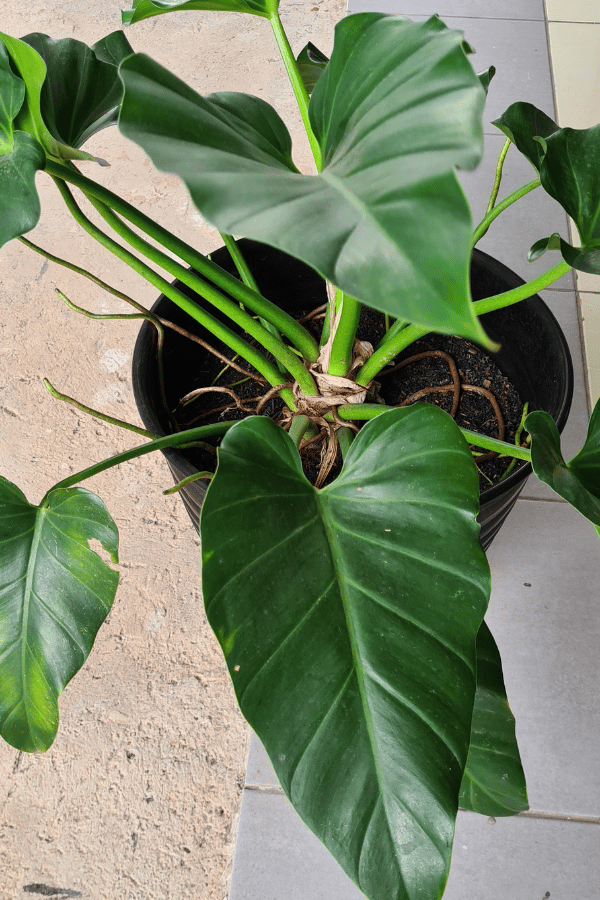
Philodendron Rugosum History
Ecuadorian native, Philodendron Rugosum, otherwise known as the sow’s ear plant or pigskin philodendron, is a gorgeous rare, evergreen tropical plant that is extremely easy to care for. First discovered in 1983, this Philodendron is now considered near-threatened due to rainforest loss. However, as houseplant collectors prize this plant, it has a chance of being successfully conserved.
Philodendron Rugosum Identification
Philodendron Rugosum presents with foliage that has a leathery, hide-like appearance. Leaves are said to look like pig ears, leading to its common names. Wrinkly leaves may grow up to 8” long.
Philodendron Rugosum Growth Facts
This upward climbing perennial plant grows quickly if given the proper care.
How Big Does a Philodendron Rugosum Get?
Philodendron Rugosum may grow up to 15 feet long, if not kept back by pruning.
Philodendron Rugosum Care
Philodendron Rugosum is an easy to care for plant that is not finicky. However, this plant requires a bit more water than other Philodendrons and will need high humidity for lush growth.
Philodendron Rugosum Soil
Ideally, your Philodendron Rugosum soil should be planted in a well-draining, airy water-retentive growing medium, including potting soil, orchid bark, perlite, and peat moss or coco coir. Worm castings and charcoal may also be incorporated into the soil to help with fungal infection prevention and additional nutrients.
Philodendron Rugosum Fertilizer
Philodendron Rugosum will require fertilization from a balanced liquid fertilizer monthly during the warm growing months of spring and summer. Do not feed your plant during fall and winter.
Philodendron Rugosum Watering
The soil of your Philodendron Rugosum should be kept moderately moist, as this species prefers to have more moisture in its soil. You should rewater your plant as soon as the top of the plants soil feels dry to achieve moist soil. Depending on growing conditions, you will likely need to water your Philodendron Rugosum twice a week during the summer. Keep in mind a watering schedule varies on the environment the plant lives in. Watering frequency should be reduced during fall and winter.
Philodendron Rugosum Light Requirements
Philodendron Rugosum will appreciate being kept in bright indirect light such as from an eastern or western facing window. However, keep in mind that direct sunlight will cause the foliage of this plant to burn. This plant will not do well in areas with low light exposure.
Philodendron Rugosum Temperature & Humidity
Philodendron Rugosum likes to be kept in warm indoor temperatures between 65 to 80 degrees Fahrenheit. However, temperatures above 86 degrees Fahrenheit will slow down growth. Alternatively, temperatures below 59 degrees Fahrenheit will cause this plant to slow down growth, and colder temperatures may lead to permanent damage. Philodendron Rugosum loves humidity and will thrive if kept in areas with above 60% humidity. However, it will tolerate average home humidity.
Repotting Philodendron Rugosum
It would be best to repot your Philodendron Rugosum every 2-3 years or whenever roots are seen sticking out from the container’s drainage holes. Repotting should be done in spring. Select a container that is one size up from the previous pot. If bringing your Philodendron Rugosum home from a nursery and you can’t see the roots popping out of the drainage holes, you can just place the nursery pot into a decorative pot, no need to repot right away.
Philodendron Rugosum Maintenance & Pruning
Philodendron Rugosum will require very little pruning. You may cut back the top stem to prevent it from getting too tall. However, you should never remove more than one fourth of the plant at a time, as this may cause the plant to go into shock. Prune your plant using sharp, clean shears. The leathery leaves of this Philodendron also tend to attract dust. Therefore, you should wipe down the leaves weekly using a damp cloth.
Philodendron Rugosum Propagation
Propagation of Philodendron Rugosum may be easily completed through stem cuttings. To take a cutting, remove a piece of stem using sharp, clean scissors below the growth node. Place your cuttings in either water or soil and place them in indirect light. If using water, change the water weekly to prevent it from getting murky. If planting directly in the soil, ensure that the soil remains moist. Roots should appear within a few weeks. When roots are at least two inches, they may be transplanted into their permanent containers.

Philodendron Rugosum Toxicity
Philodendron Rugosum is toxic to humans, cats, and dogs.
Toxicity to Humans
Like many other Philodendrons, Philodendron Rugosum is considered toxic to humans due to its calcium oxalate crystal content and should never be ingested.
Toxicity to Cats & Dogs
Philodendron Rugosum is considered toxic to pets and should not be consumed. If you believe that your pet has consumed any portion of this plant, contact your veterinarian or animal poison control immediately.
Philodendron Rugosum Problems
Philodendron Rugosum Leaves Turning Yellow
Yellowing foliage may be due to overwatering, lack of nutrients, or due to plant disease. Ensure that you do not overwater your plant.
Philodendron Rugosum Leaves Turning Brown
The number one cause of browning foliage on Philodendron Rugosum is due to underwatering.
Philodendron Rugosum Diseases
Philodendron Rugosum may be affected by several plant diseases, especially as this plant desires being kept consistently moist. Common plant diseases that may affect Philodendron Rugosum include root rot, crown rot, leaf spot, Xanthomonas, and other fungal diseases.
Philodendron Rugosum Pests
Philodendron Rugosum may be affected by spider mites and mealybugs. Upon identifying pest infestation, isolate your plant, and treat it with a pesticide, such as neem oil or insecticidal soap.

